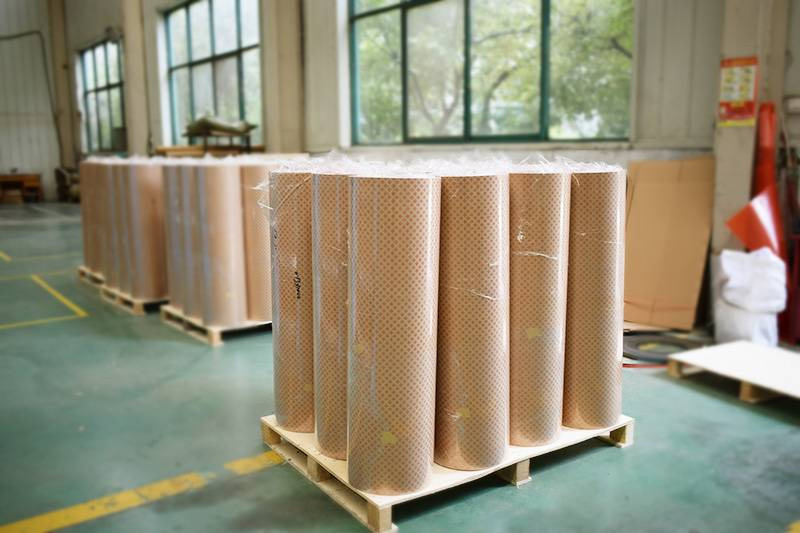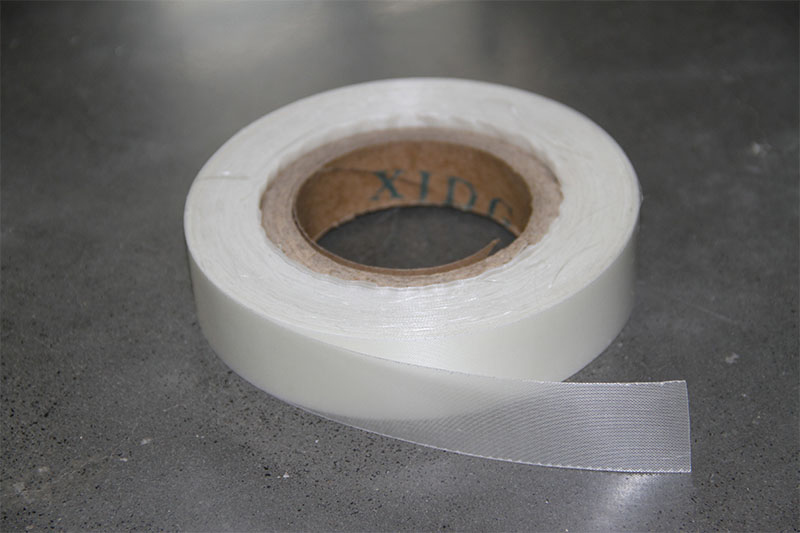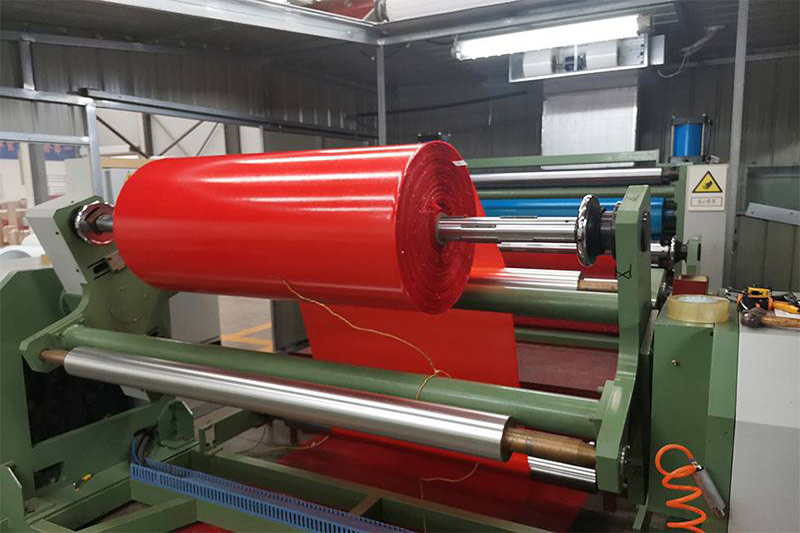Prepreg materials have revolutionized various industries with their exceptional properties and versatility. In this blog, we will explore the concept of prepregs, their manufacturing process, advantages, disadvantages, application fields, and address the safety concerns surrounding their usage.
Prepreg materials are composite materials that consist of reinforcing fibers, such as carbon or glass, impregnated with a precisely measured amount of resin. This resin is partially cured and stored in a controlled environment until further processing. More representative products: Diamond Dotted Paper, Organosilicone Glass Varnished Cloth, Insulation Paper DMD, etc.



1.The process begins with impregnating the fiber material, such as carbon fiber, glass fiber, or aramid fiber, with resin. The resin used is typically epoxy, polyimide, or phenolic resin. During the impregnation process, the fiber material is uniformly coated and penetrated by the resin, forming a strong bond. This step is usually carried out in automated impregnation equipment to ensure precision and repeatability.
2.After impregnation, the excess resin is removed by passing the impregnated fiber material through rollers or molds. This helps to eliminate any excess resin and achieve the desired resin-to-fiber ratio. The pressure applied during this step ensures proper consolidation and uniform distribution of the resin within the fiber material.
3.The impregnated and consolidated fiber material, known as prepreg, is then typically wound onto a release liner or placed between release films to prevent sticking. The prepreg can be stored and transported in this form until it is ready for use.
4.Prior to its application, the prepreg may undergo a curing process, where it is subjected to heat and pressure. This process activates the resin’s cross-linking properties, resulting in the material’s final properties and strength. The curing temperature and time are carefully controlled to achieve optimal mechanical properties and ensure the resin fully cures.
5.Once cured, the prepreg can be cut, shaped, and layered to form complex composite structures. It can be used in various manufacturing processes such as autoclave molding, vacuum bagging, or resin transfer molding, depending on the specific application requirements.
Prepreg materials offer numerous advantages in various industries due to their unique properties and manufacturing process.
1.High strength-to-weight ratio: Prepreg materials, especially those reinforced with carbon or aramid fibers, provide exceptional strength while remaining lightweight. This allows for the production of strong and durable components without adding unnecessary weight, making them ideal for applications where weight reduction is critical, such as aerospace and automotive industries.
2.Consistent and controlled resin content: The prepreg manufacturing process ensures a uniform and controlled resin-to-fiber ratio. This results in consistent mechanical properties throughout the material, providing reliable performance and predictable behavior in structural applications.
3.Tailored properties: By selecting different fiber types, orientations, and resin systems, the properties of prepreg materials can be customized to meet specific application requirements. This flexibility allows engineers to optimize the material’s performance in terms of strength, stiffness, impact resistance, and temperature resistance.
4.Excellent dimensional stability: Prepreg materials exhibit minimal shrinkage or expansion during curing, ensuring dimensional stability and accuracy in the final product. This is crucial for applications that require precise tolerances, such as aerospace components or high-precision machinery.
5.Improved processing efficiency: Prepreg materials are supplied in a ready-to-use form, eliminating the need for impregnation and manual mixing of resin. This simplifies the manufacturing process, reduces labor costs, and increases production efficiency. Additionally, prepreg materials can be stored for extended periods without losing their properties, allowing for flexible production scheduling.
6.Enhanced fatigue and impact resistance: The resin matrix in prepreg materials provides excellent resistance to fatigue and impact loads. This makes them suitable for applications subject to cyclic loading or high-stress environments, ensuring long-lasting performance and durability.
7.Compatibility with various manufacturing processes: Prepreg materials can be used with different manufacturing techniques, such as autoclave molding, vacuum bagging, or resin transfer molding. This versatility allows for the production of complex shapes and structures, meeting the diverse needs of different industries.
1.Cost: Prepreg materials tend to be more expensive compared to other composite manufacturing methods. The cost of the specialized equipment, storage, and processing requirements contribute to the overall higher cost of prepreg materials.
2.Shelf life: Prepreg materials have a limited shelf life due to the potential for resin to cure over time. This can result in reduced workability and compromised performance if the material is not used within the recommended timeframe.
3.Processing requirements: Prepreg materials require specific processing techniques, such as temperature-controlled curing and specialized tooling. These requirements can limit the available manufacturing options and may require additional investment in equipment and training.
4.Limited design flexibility: Prepreg materials are typically supplied in specific fiber orientations and resin systems. This can limit the design flexibility and may require additional manufacturing steps, such as cutting and layering, to achieve complex shapes or orientations.
Prepreg materials have various applications in the electrical field:
1.Printed Circuit Boards (PCBs): Prepreg materials are widely used in the construction of PCBs, providing insulation between layers and enhancing the overall structural integrity of the board.
2.Electrical Insulation: Prepreg materials with high dielectric strength and thermal stability are utilized for insulation purposes in electrical equipment, transformers, motors, and generators.
3.High Voltage Applications: Prepreg materials with excellent electrical properties are employed in high voltage applications, such as power transmission and distribution systems, to ensure reliable performance and insulation integrity.
4.Electrical Enclosures: Prepreg composites are used in the manufacturing of electrical enclosures and cabinets, providing protection against electrical shocks, electromagnetic interference, and environmental factors.
5.Electrical Components: Prepreg materials are incorporated into various electrical components, such as connectors, switches, and relays, to enhance mechanical strength, electrical conductivity, and thermal stability.
6.Electric Vehicles: Prepreg composites are increasingly used in the construction of electric vehicle battery enclosures, providing lightweight and high-strength protection for the battery cells.
During prepreg manufacturing and processing, exposure to resin fumes and dust should be minimized. It is important to follow proper ventilation practices and wear appropriate personal protective equipment to ensure a safe working environment.
1.Fire Hazard: Prepreg materials are flammable and can release toxic fumes when burned. Adequate fire safety measures, such as fire-resistant storage and handling practices, should be implemented to mitigate fire risks.
2.Chemical Sensitivities: Some individuals may have sensitivities or allergies to the resins or chemicals used in prepreg materials. It is necessary to assess and manage any potential risks by providing proper training, implementing safety protocols, and offering protective measures for sensitive individuals.
Prepreg materials have revolutionized the world of advanced composites, offering exceptional strength, lightweight properties, and tailored customization. Their applications span across numerous industries, providing solutions for diverse manufacturing needs. While there are certain disadvantages and safety considerations, the benefits and potential of prepregs outweigh the challenges. As technology advances, we can expect further innovations in prepreg materials, opening up new possibilities for advanced manufacturing and engineering solutions.
If you need our products please write down any questions, we will reply as soon as possible.
There are three ISO certificates for quality certification. The certificates will be shown later. ISO
After receiving the advance payment, the production cycle is 15-25 days. And the transportation cycle should be calcul……
We supply with installation guide and user manual for each transformer. If you do not understand them. We will offer v……